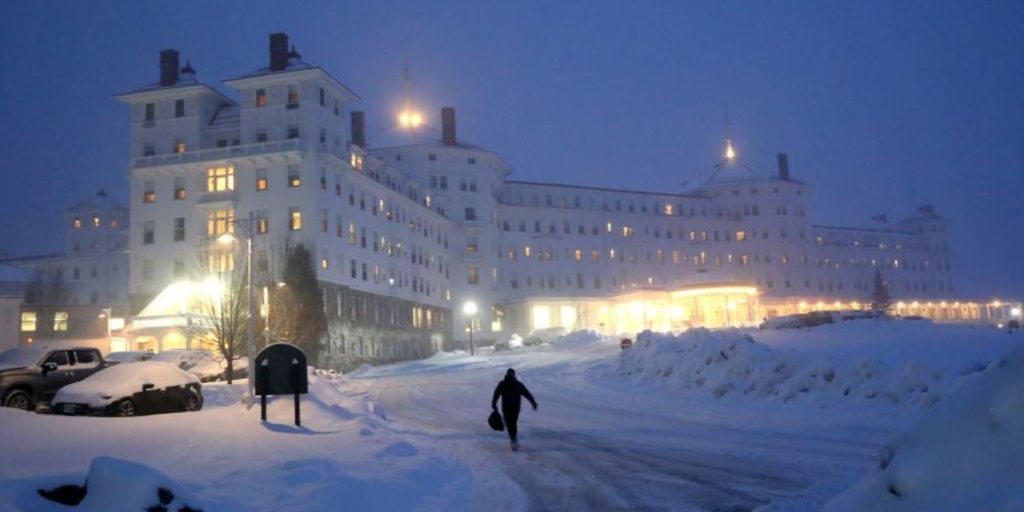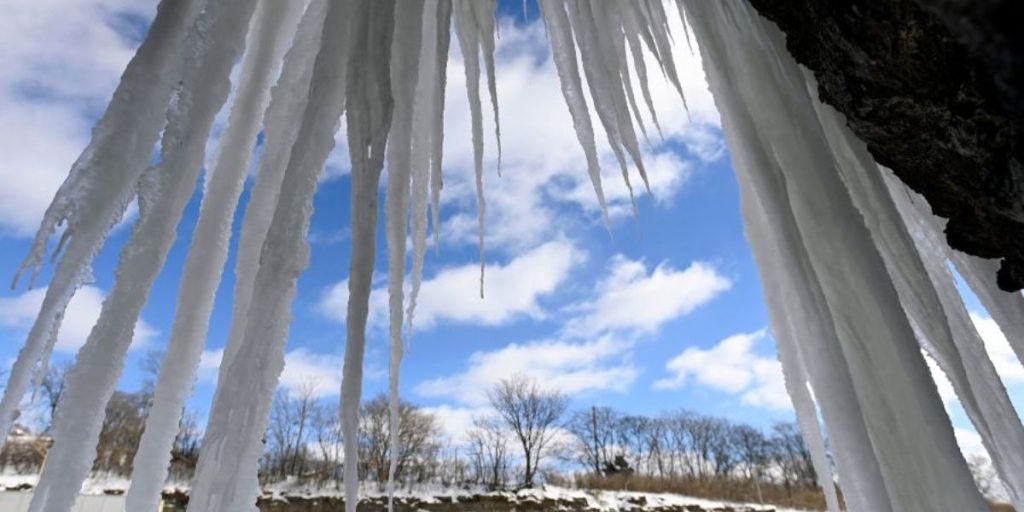Winter storms will slam both coasts before a devastating surge of frigid air sweeps into the middle and eastern United States by the weekend.
Since last week, at least 55 people have died in 10 states as a result of the coldest air of the season and repeated storms that brought snow and ice to most of the United States.
Oregon has been very heavily struck. Since Saturday, back-to-back ice storms have knocked down trees and power lines across the state, and a third storm is on its way.
Since Friday, at least ten people have died in Portland, Oregon, as a result of storms and cold.

On Wednesday, three individuals were killed in Portland when a tree branch tore down a live power line and crashed into their vehicle. According to Portland fire officials, a live wire killed them when they exited their SUV.
“When the feet of the individuals touched the ground, and their bodies were touching the car, they became part of the active electrical circuit which resulted in their deaths,” the fire department said.
A nice Samaritan saved an undamaged infant from the street. The Samaritan “grabbed the baby off one of the adults lying in the street for the safety of the child,” according to Portland Fire.
The ice storm responsible left the Northwest late Wednesday, and the second storm arrived quickly Thursday morning. On Thursday, freezing rain returned to Washington and Oregon’s lower elevations, along with heavy snow in parts of the Cascade Mountains.
Ice will continue to form across the hard-hit Northwest as freezing rain falls into Friday. Additional ice can weigh down tree limbs, making them more prone to cracking and damaging electrical lines.
More than 45,000 homes and businesses in Washington and Oregon were without power on Thursday due to prior storms.
Another storm follows the streak-breaking snow
Another bout of snow will fall throughout the Midwest and East on Friday when two components of atmospheric energy collide, one of which can be traced back to Wednesday’s catastrophic ice storm in the Northwest.
Snow will begin as early as Thursday night in Chicago, and by Friday morning, it will have spread over the interior Northeast and central Appalachians.
Another round of sloppy wintry mix hit the Mississippi Valley Thursday morning. According to the National Weather Service, freezing rain made travel hazardous in sections of Arkansas and Mississippi. Additional freezing rain, mixed with a little snow at times late Thursday, may make travel difficult and dangerous in sections of the Tennessee Valley.
Cities in the mid-Atlantic and Northeast that just ended record-breaking snow droughts due to an early week storm, including Washington, DC, New York, and Philadelphia, may expect light-to-moderate snowfall.

Where to expect snow in the coming days?
1 to 3 inches of snow are expected from the Midwest to the East. However, sections of the Appalachians and a few coastal locations may see snowfall totals approaching half a foot by Friday night.
Philadelphia could get 4 to 6 inches of snow on Friday. More than three years have passed since the city had six inches of snow on a single day.
It won’t be a major snowstorm, but the mix of snow and gusty gusts might make travel difficult. Additional cancellations and delays are also anticipated, particularly after schools and government offices were closed by a comparable severe early-week storm.
The cold strikes again
The little respite from bone-chilling temperatures Wednesday in the central United States and Thursday in the South and East will be fleeting. Another wave of unusual cold will hit the north-central United States later Thursday and sweep into the central and eastern states by Friday afternoon.
While this bout of cold is less severe than the one earlier this week, peak temperatures will struggle to reach freezing in Oklahoma City, Nashville, Philadelphia, and New York City on Friday. As the bitter cold creeps in, Chicago will struggle to break out of the teens, and Minneapolis will remain in the single digits on Friday.
Wind chills in the central US will return to dangerous levels by Friday, raising the risk of frostbite and hypothermia.